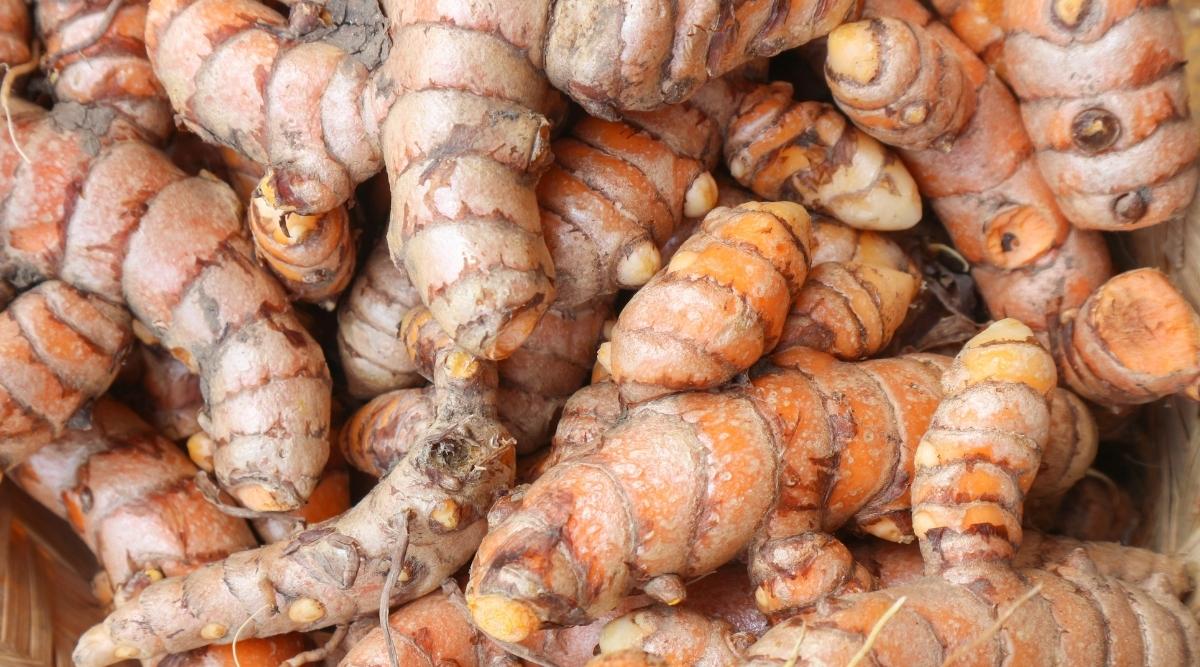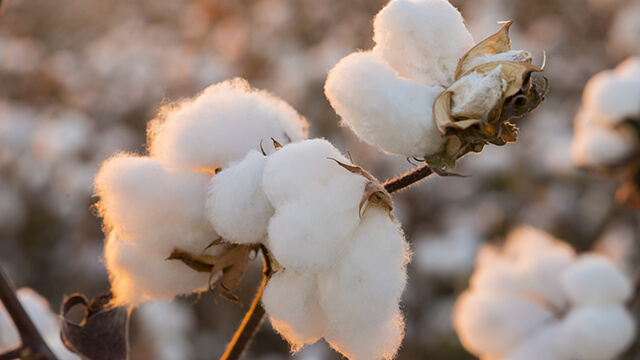India’s rabi crop area has improved somewhat, with wheat and pulses accounting for the majority of the acreage. Despite a late start, more wheat has been sown, although important oilseeds such as groundnut and mustard have been sown less than in previous years. The government has set production targets for several crops, and the rabi season is expected to make a significant contribution to overall foodgrain production.
Crop coverage dynamics in India’s rabi season are still changing. The total area sown to rabi crops as of December 27 was 614.94 lakh hectares, a slight increase over the 611.80 lakh hectares sown in the previous year. Wheat, the main crop, has shown steady growth despite a late start, with 319.74 lakh hectares sown. Due to concessions on the Minimum Support Price (MSP) offered by states like Madhya Pradesh and Rajasthan, wheat prices have skyrocketed, with the price of atta (wheat flour) in the market reaching Rs. 40 per kg.
However, mustard planting has witnessed a sharp decline, standing at 88.50 lakh hectares, which is 5.6% less than the previous year. Additionally, the area under groundnut has increased to 3.32 lakh hectares. On the other hand, the area under safflower has decreased to 64,000 hectares. The overall Rabi oilseeds area has decreased by 5.2% from 101.37 lakh hectares to 96.15 lakh hectares.

